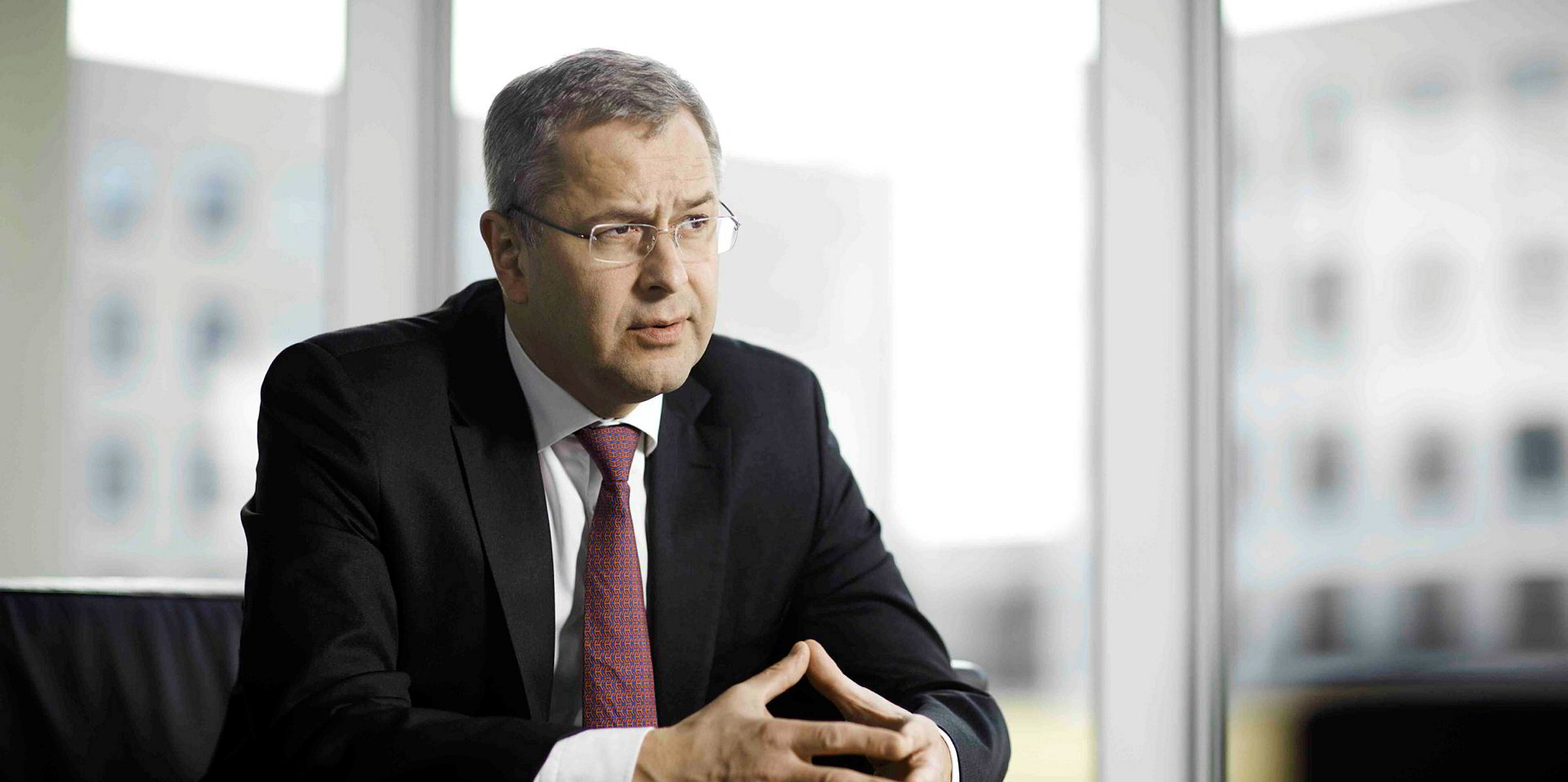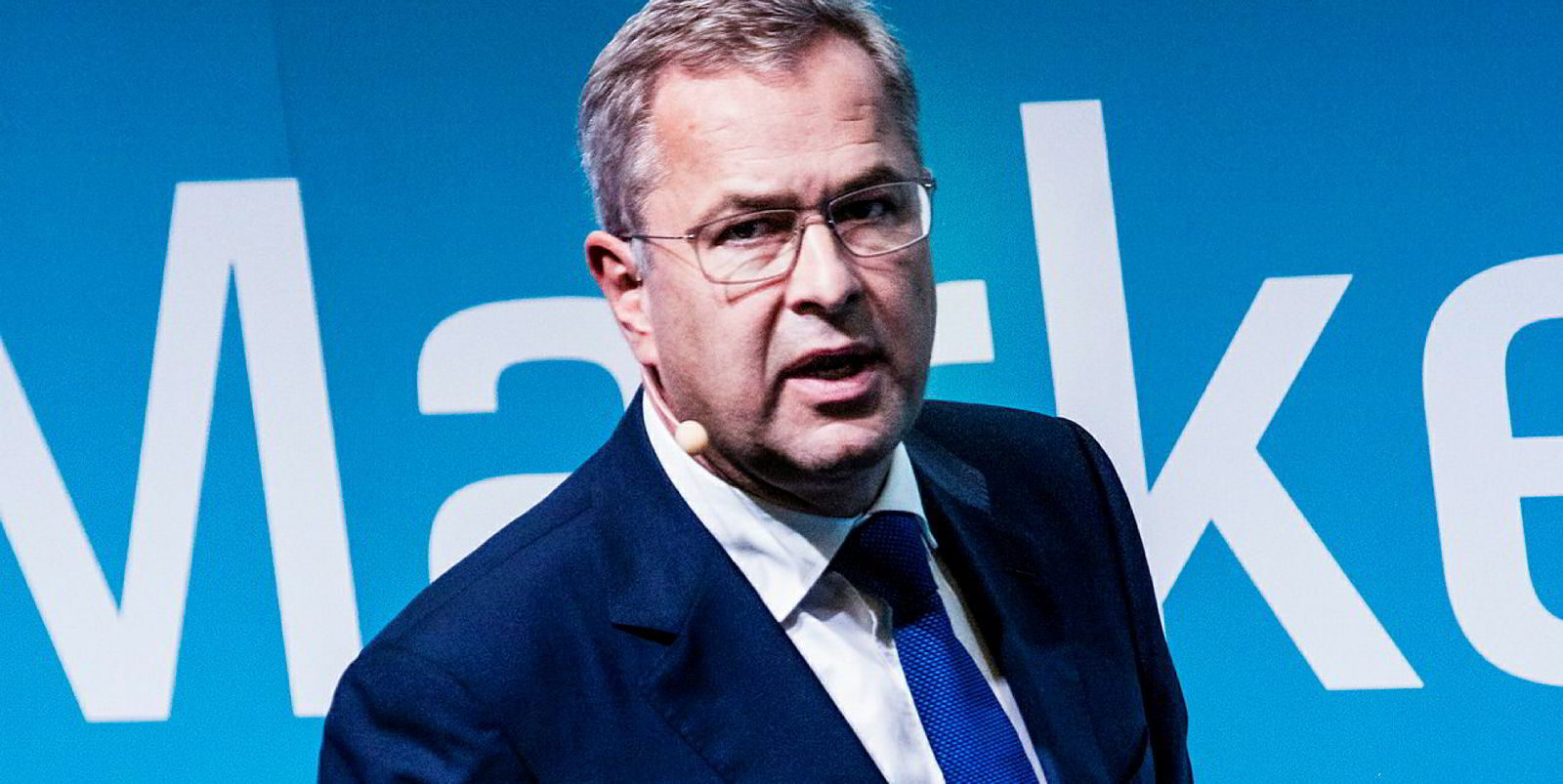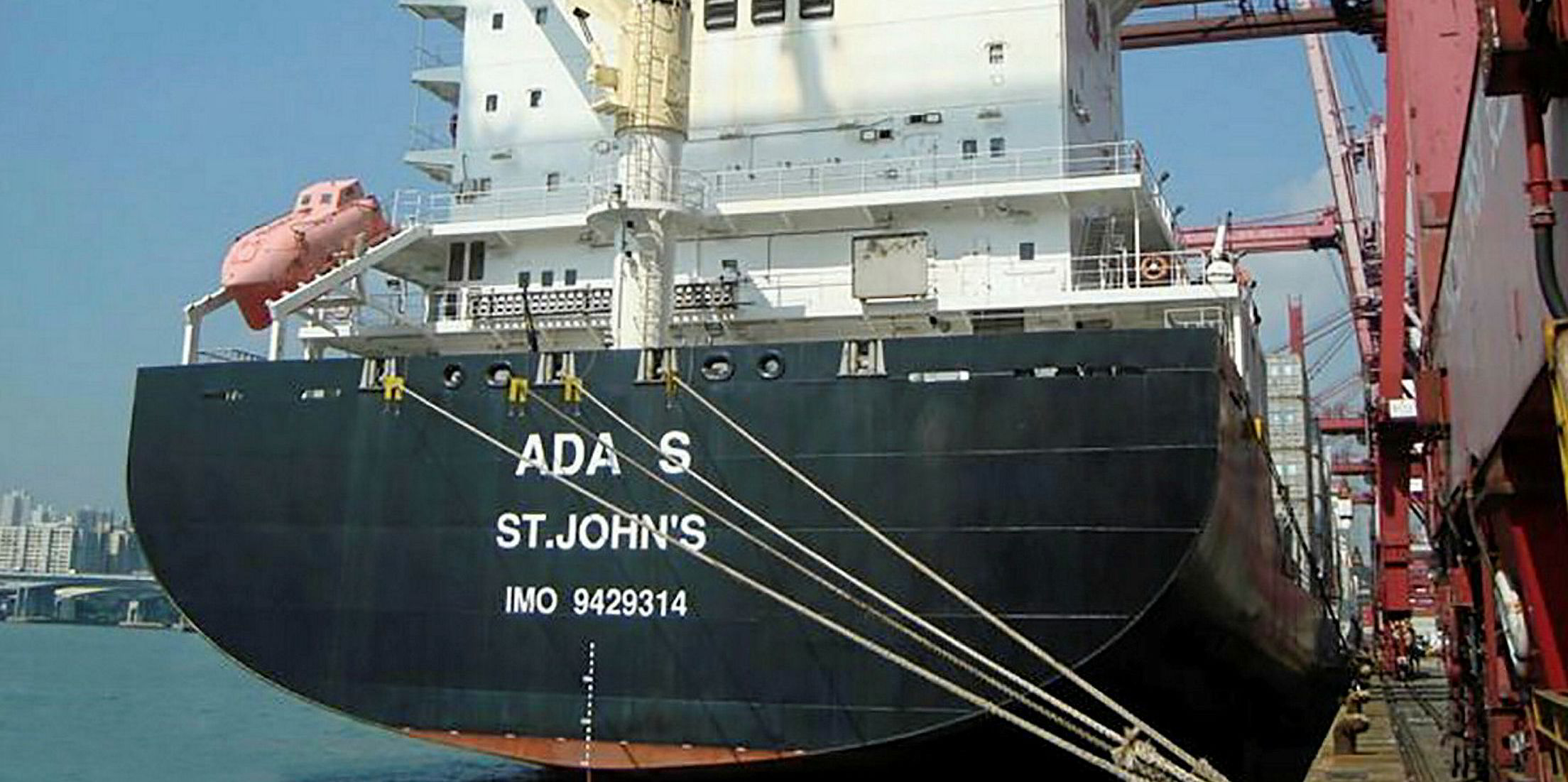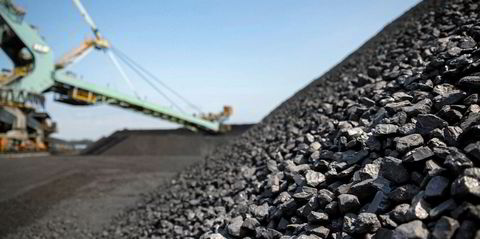Maersk Line is hitting the charter market in the run-up to 2020.
The world’s largest liner company, a subsidiary of AP Moller-Maersk, has been taking more containerships from the charter market as part of its fleet is sent to have scrubbers installed.
But that would not affect liner subsidiary Maersk Line's tight capacity management programme, according to Maersk chief executive Soren Skou.
“Right now, we have a number of ships out in shipyards for retrofitting of scrubbers and we also have invested a little more capacity in slow-steaming,” he said in a conference call.
“But we want to remain disciplined on capacity. Because it helps us drive utilisation up and unit cost down.”
Skou told a conference call Thursday that the liner giant would stick to a fleet of around 4m teu, which currently comprises 307 owned and 409 chartered vessels.
But he referred to a range of measures to keep bunker costs of around $1.2bn per quarter under control.
Maersk Line had already succeeded in getting a majority of shippers to agree to fuel-adjustment clauses in all contracts.
“We are right now at a 90% coverage on that,” Skou said.
Other steps included bunker supply measures.
“We are testing some scrubber technology, we are testing some supply contracts for low-sulphur fuel, and we are reducing fuel consumption to mitigate the extra costs,” he said.
Such measures were “even more important with 2020 looming”.
“Because the best thing we can do in terms of mitigating that is to use less fuel,” Skou said.
His comments came after Maersk reported a better-than-expected profit on the back of improved rates and higher volumes.
Ebitda rose 17% to $1.36bn for the second quarter of the year, compared with $1.16bn in the corresponding period in 2018.
That was helped by an increase in average freight rates of 1.5% to $1,868 per 40-foot container.
Volumes jumped 9.4% from the first quarter and were up 1.4% year on year.
Vessel utilisation had improved thanks to delivery of more efficient newbuildings in the past year and an improvement in schedule reliability.
“When the ships are on time, they spend less periods having to speed up to meet port days or deadline, and that is very good for fuel efficiency,” he said.
He added that Maersk would manage the chartered ships “as much as we possibly can to make sure they don’t use more fuel than what is needed”.
Maersk’s quarterly results were up to 10% ahead of what some analysts had expected.
It made an Ebitda of $2.6bn in the first half year. Analysts believe that the company will hit its profit target for the full year of around $5bn.
That is partly helped by the onset of peak season and vessels withdrawn for scrubber fitting.
Bunker prices and higher freight rates in the third quarter of the year should also be helped by increasing transpacific contract rates, according to Clarksons Platou Securities.
But Skou cautioned that the macro-economic environment continues to be subject to considerable uncertainties.
Trade tensions had impacted its North American business, but its Asia-Europe business was helped by higher demand for refrigerated goods to China.
Maersk is in the middle of a massive corporate transformation designed to turn it into an end-to-end container logistics company that has involved selling or spinning off almost all of its energy businesses.






